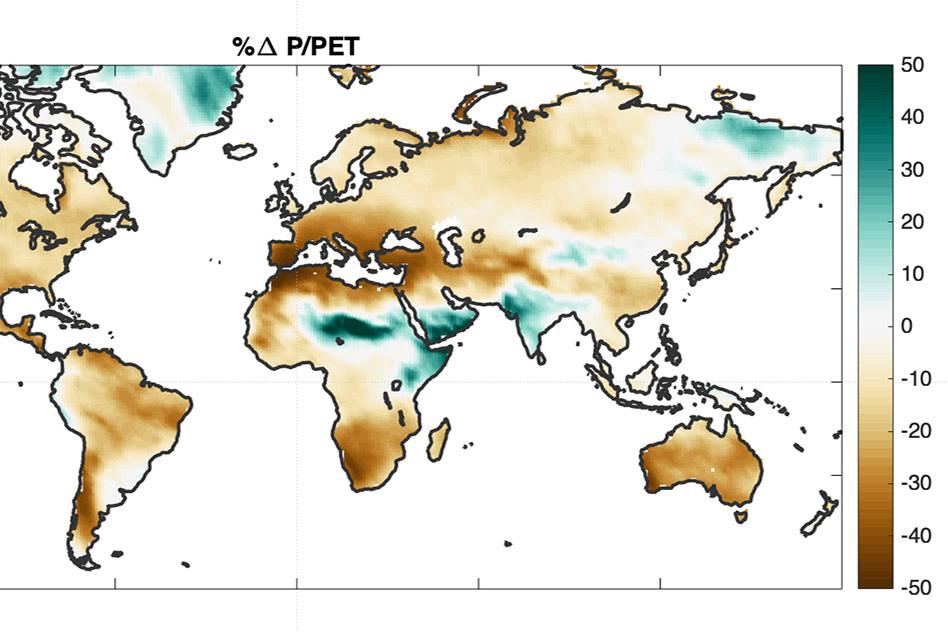News + Media

MIT experts outline issues, offer hope for climate action
Across the Institute, work is underway to understand and address Earth’s changing climate and to mitigate the impacts of these changes on human populations. Spectrum asked three MIT faculty members who have engaged deeply with this work to provide insight into the challenges that lie ahead and...

Over a 36-hour period in August, Hurricane Henri delivered record rainfall in New York City, where an aging storm-sewer system was not built to handle the deluge, resulting in street flooding.

The researchers hope scientists and regulators will consider a broader class of compounds in evaluating cancer risk due to PAH exposure.
Whenever organic matter is burned, such as in a wildfire, a power plant, a car’s exhaust, or in daily cooking, the combustion releases polycyclic aromatic hydrocarbons (PAHs) — a class of pollutants that is known to cause lung cancer.

Joint Program Deputy Director Sergey Paltsev explores prospects for decarbonizing EVs (TBS eFM Radio (Seoul))

Professors Noelle Selin and Anne White will co-chair the Climate Nucleus, charged with managing and implementing MIT’s new plan
In May, responding to the world’s accelerating climate crisis, MIT issued an ambitious new plan, “Fast Forward: MIT’s Climate Action Plan for the Decade.” The plan outlines a broad array of new and expanded initiatives across campus to build on the Institute’s longstanding climate work.
...
Fiore brings a breadth of expertise in climate science, atmospheric chemistry, and air pollution to MIT (Related: School of Science welcomes new faculty)
The MIT Department of Earth, Atmospheric and Planetary Sciences (EAPS) has named atmospheric chemist Arlene Fiore the Peter H. Stone and Paola Malanotte Stone Professor in Earth, Atmospheric and Planetary Sciences. Her chair began on July 1.

